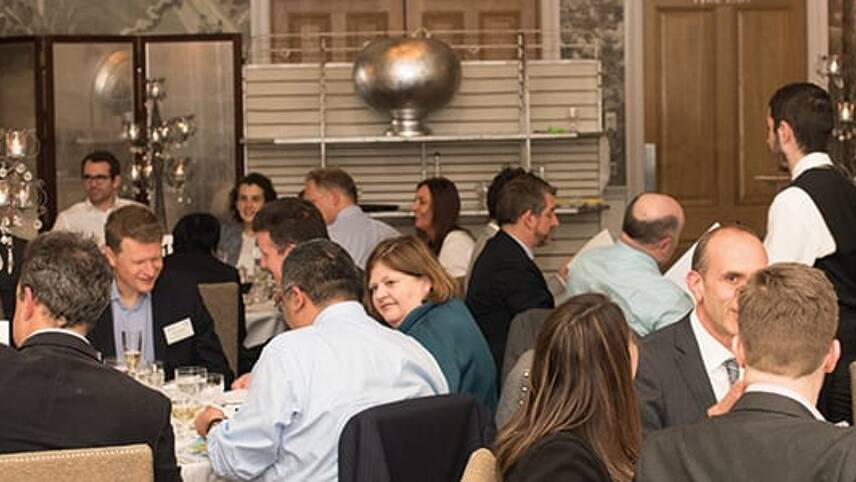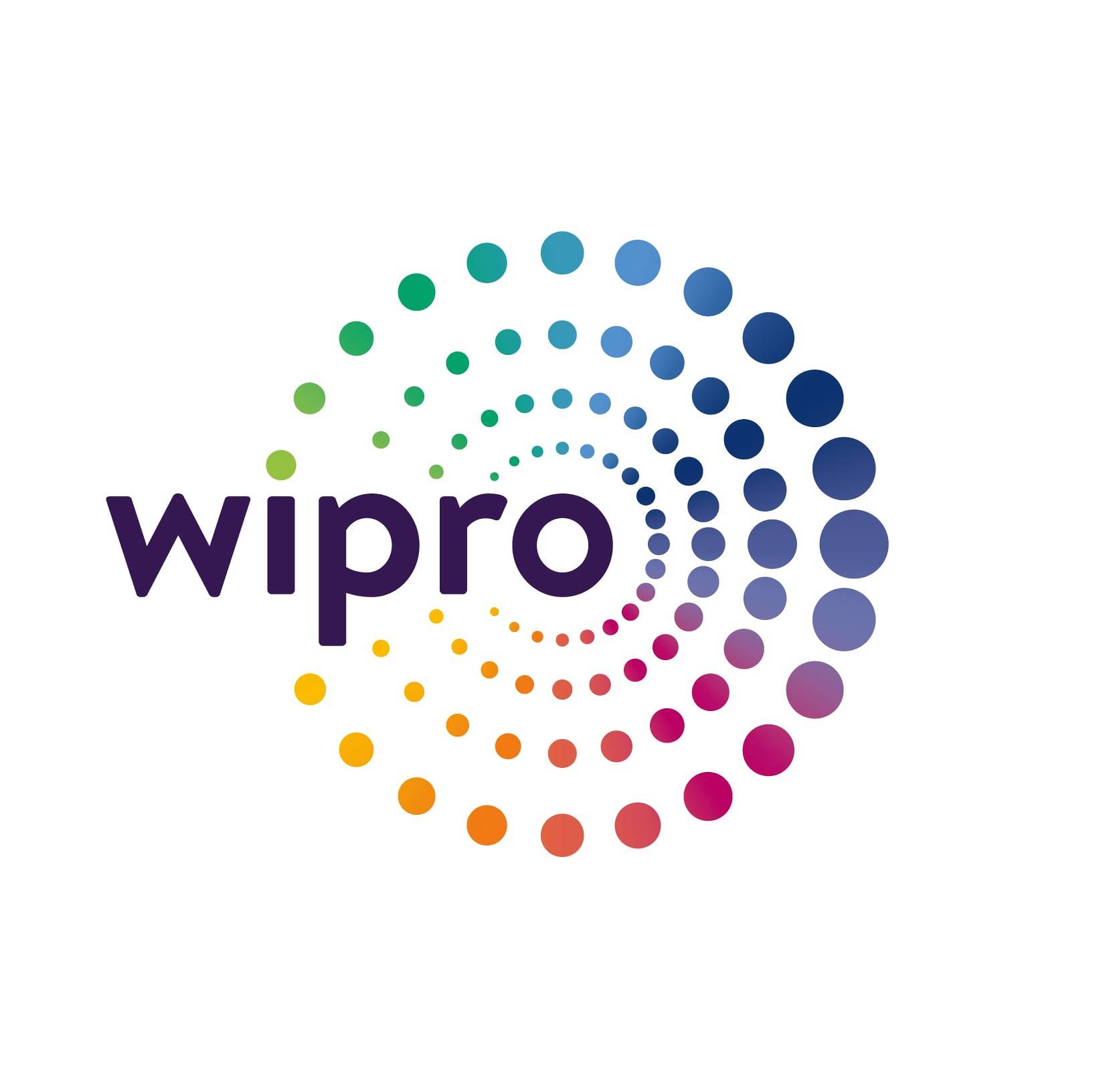This is the Sponsored paywall logged out

Northumbrian Water chief Heidi Mottram led the debate at the latest Utility Week-Wipro Technology and Innovation Council dinner. Denise Chevin was there too.
How do you cement a culture of innovation in a company? How do you measure the results? And is setting up a central innovation department the most effective approach when it comes embedding innovation into business as usual?
These were some of the key themes on the menu at the annual Utility Week-Wipro Technology and Innovation Council Open Doors Dinner, where Wipro council members were joined by guests from across the sector.
To kick off the discussion guests were treated to a master class on the subject of creating the right culture by keynote speaker Heidi Mottram, chief executive of Northumbrian Water. The company is Utility Week’s current Utility Company of the Year, and its Innovation Festival has been widely lauded by the sector. The five-day event attracted 2,000 people this year and led to a number of projects being put into development, including a ground-breaking digital map of underground assets with Ordnance Survey.
Mottram said that for her, the “innovation journey” entailed thinking about people and behaviours and getting the company’s 3,500 staff to say “innovation was their job”, rather than setting up an innovation department.
“For some, innovation will be 90 per cent of what they do, for others it might be a flash of inspiration in the shower. We’ve not been prescriptive. We just want our staff to be thinking about it and just get innovation in our blood and DNA,” she said.
Mottram explained that one of the ways the organisation had encouraged new thinking was to set up a “Dragons’ Den” type initiative where staff with a new idea could pitch for a £500K investment to bring ideas to life.
She said it was essential not to lose sight of the purpose of innovation. “We do it for customers, to change their lives for the better – to lower their bills and protect the environment.”
Changing the culture
Turning to group discussion, there was debate about structuring teams to embed innovation culture and whether is it is helped by a central group taking the lead. Some delegates felt that even if there wasn’t a dedicated department, there at least needed to be a group of “innovation cheerleaders” taking the lead – though others felt that even that could lead to staff thinking innovation was down to someone else rather than them.
Most delegates agreed that companies generally recognise that innovation can save money. However, for many the challenge is trying to plug this into routine behaviour – effectively making innovation part of the day job.
A key enabler to this, they thought, is building in time to employees’ schedules to allow for innovative thinking and project delivery – a technique keenly adopted by technology giants such as Google, which operates a “work to innovation ratio”.
Without real company-wide buy-in on carving out time for innovative thinking and for allowing such schemes to materialise, there is a real risk that employees will be deterred from taking part for fear of potential extra workload. Companies need to appreciate the value of thinking – and listening – time. They need to unleash creativity. Innovation, some felt, was a word that was over used. “Regularly looking at things through a completely different lens,” was what one delegate considered the best way to achieve this and make for high-performing people and teams.
In terms of overall innovation maturity, most attendees ranked their companies around the medium mark – although they recognised that innovation culture by its very nature should always be developing.
On the question of the balance in their businesses between “soft” rewards for innovation (such as internal recognition) and “hard” rewards for innovation (such as financial incentives) there was a real divergence of practice and views. Most felt it was part of the job to be creative – and for some it was their sole role.
However, others also perceived the value of internal acknowledgement within their own companies, that staff were motivated by peer and management recognition.
Overall, delegates recognised that there were barriers within utilities, which have been, traditionally at least, slow to innovate compared with others – whether due to the culture of the company or employee mindset over new tech such as augmented reality and artificial intelligence.
“But it is all relative,” said one speaker. Yes, utilities are slow compared to Google, and are starting from a lower base, they said, but that is beginning to change.
 Heidi Mottram, chief executive, Northumbrian Water
Heidi Mottram, chief executive, Northumbrian Water
“We’ve not been prescriptive. We just want our staff to be thinking about it and just get innovation in our blood and DNA.”
 Iliana Portugues, head of innovation for electricity transmission, National Grid
Iliana Portugues, head of innovation for electricity transmission, National Grid
“Innovation is about encouraging people to think in different ways about absolutely everything they do. It’s very easy to see innovation as being about technology and process when the reality is, it’s about people and culture.”
 Simon Ayley, commercial director WRc
Simon Ayley, commercial director WRc
“I would say most of what we call innovation is actually continuous improvement. There is little in the way of transformation. Be it innovation, or continuous improvement, it needs to be encouraged from the bottom up and if we engage with people in this way, it can be great for staff retention.”
 Simon Harrison group strategic development director, Mott Macdonald/IET
Simon Harrison group strategic development director, Mott Macdonald/IET
“Barriers to innovation are organisational and cultural. The technology is pretty much there. I think it’s clear from the discussion that innovation does not equal technology alone.”
 Denise Massey, managing director, Energy Innovation Centre
Denise Massey, managing director, Energy Innovation Centre
“When it comes to measuring the success of innovation, it can’t be purely financial. We have to look at the social and environmental impact it has as well.”

Please login or Register to leave a comment.